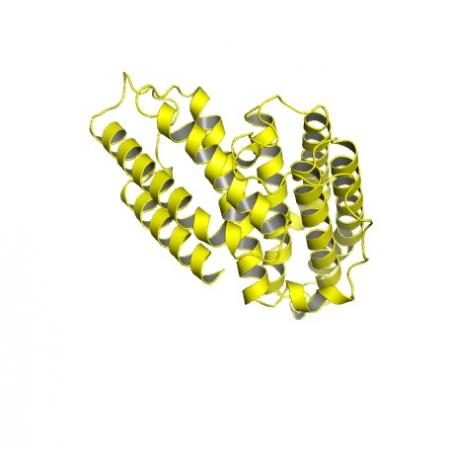Drs. Derbyshire and Gray have backgrounds in prokaryotic and human molecular biology respectively, and now we combine our expertise and enthusiasm in deciphering the molecular biology of mycobacteria. We use the genetically amenable Mycobacterium smegmatis as a model organism for our studies into gene expression, cell-cell-communication, protein secretion and conjugative transfer of chromosomal DNA. We use a combination of standard molecular genetic and genomic approaches, such as RNA-seq, ribo-seq and whole genome sequencing, to provide molecular insight into mechanism and genome architecture.
Join Our Laboratory!
We currently have research positions in the laboratory for a postdoctoral fellow and research technician. The current projects available may vary, but if you are interested in a specific research area we are happy to consider your preferences and suggestions! Please send your resume and a description of your research interests to Health Research Incorporated.
For information on the expression of mycobacterial genes, please visit our Interactive genomics page.
We thank the NIH and NSF for their research support.





